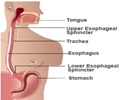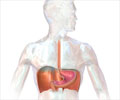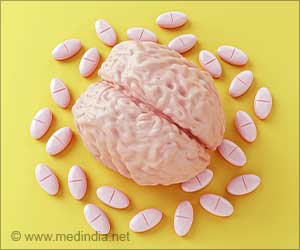Lifestyle diseases are on the rise thanks to modern-day stress and patients in Japan are no different.
Lifestyle diseases are on the rise thanks to modern-day stress and patients in Japan are no different. Recently, the number of patients with GERD has increased in Japan.
However, there have been few reports about the pathological findings in the esophageal squamous epithelium, and there are differing opinions among pathologists about the findings considered characteristic of chronic reflux esophagitis.Dr. Daisuke Asaoka and his colleagues from Juntendo University (Japan) used a rat model of chronic acid-reflux esophagitis to explore the esophageal mucosal damage macroscopically and microscopically throughout the entire esophagus, including the upper esophagus close to the hypopharynx, and to investigate the protective effects of ecabet sodium (ES) on the esophageal mucosa. This will be published on July 28, 2009 in the World Journal of Gastroenterology,
Their research revealed that epithelial thickening occurs at the same time as inflammatory cell infiltration in the middle to lower esophagus in chronic acid-reflux esophagitis. Furthermore, they demonstrated that inflammatory cells infiltrated the epithelium of the upper esophagus close to the hypopharynx, where there was no evidence of ulcers. These findings suggested that the reflux of gastric juice can extend to the upper esophagus close to the hypopharynx.
Moreove, the research also demonstrated that ES inhibited the epithelial thickening of the lower and middle esophagus, which suggested that ES may play a useful defensive role in the prevention of reflux esophagitis.
Source-Eurekalert
RAS












